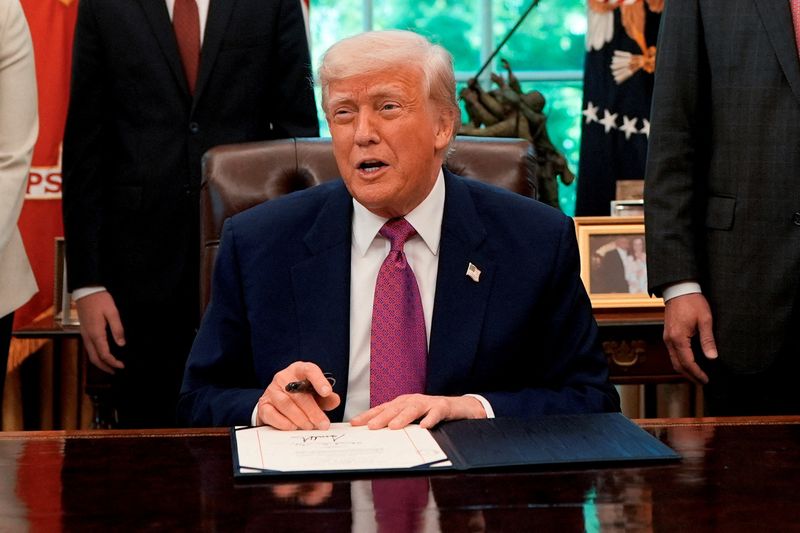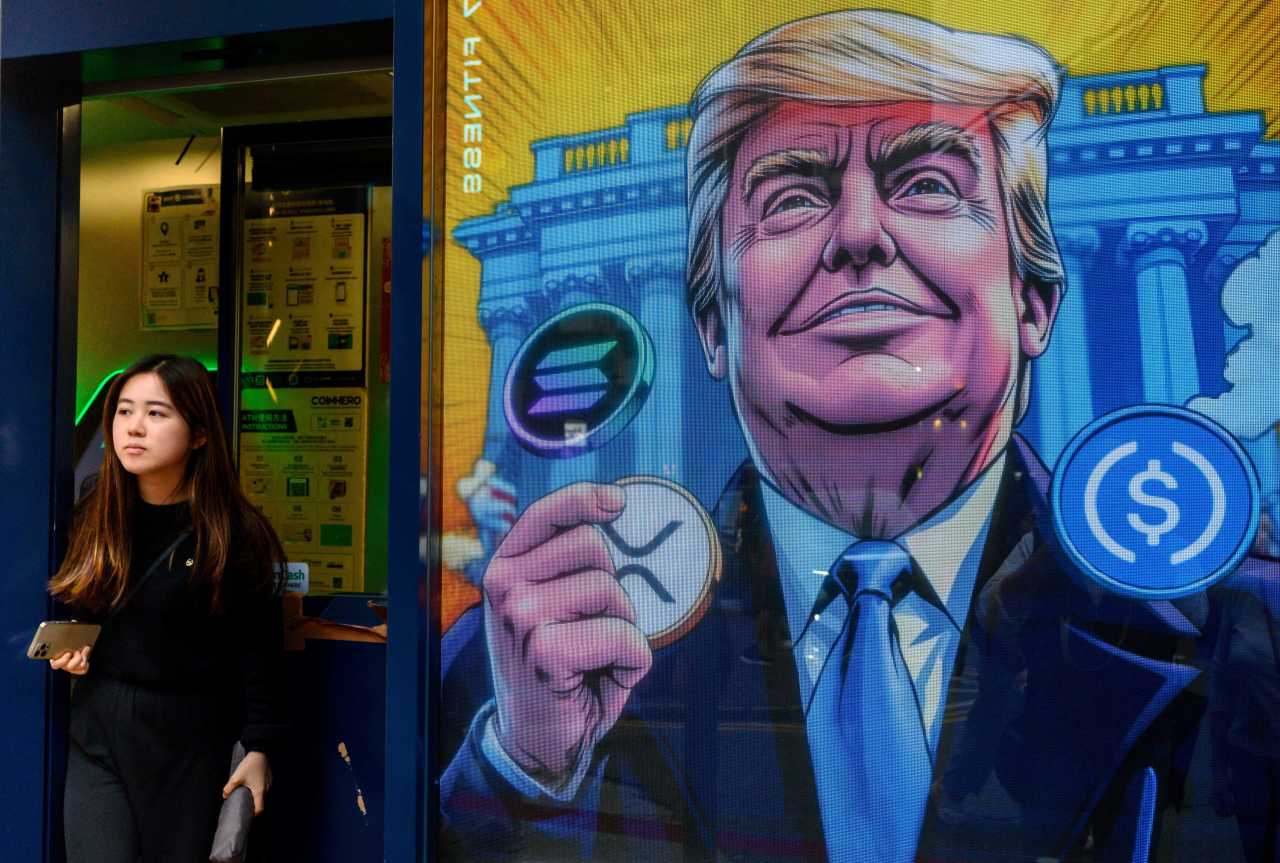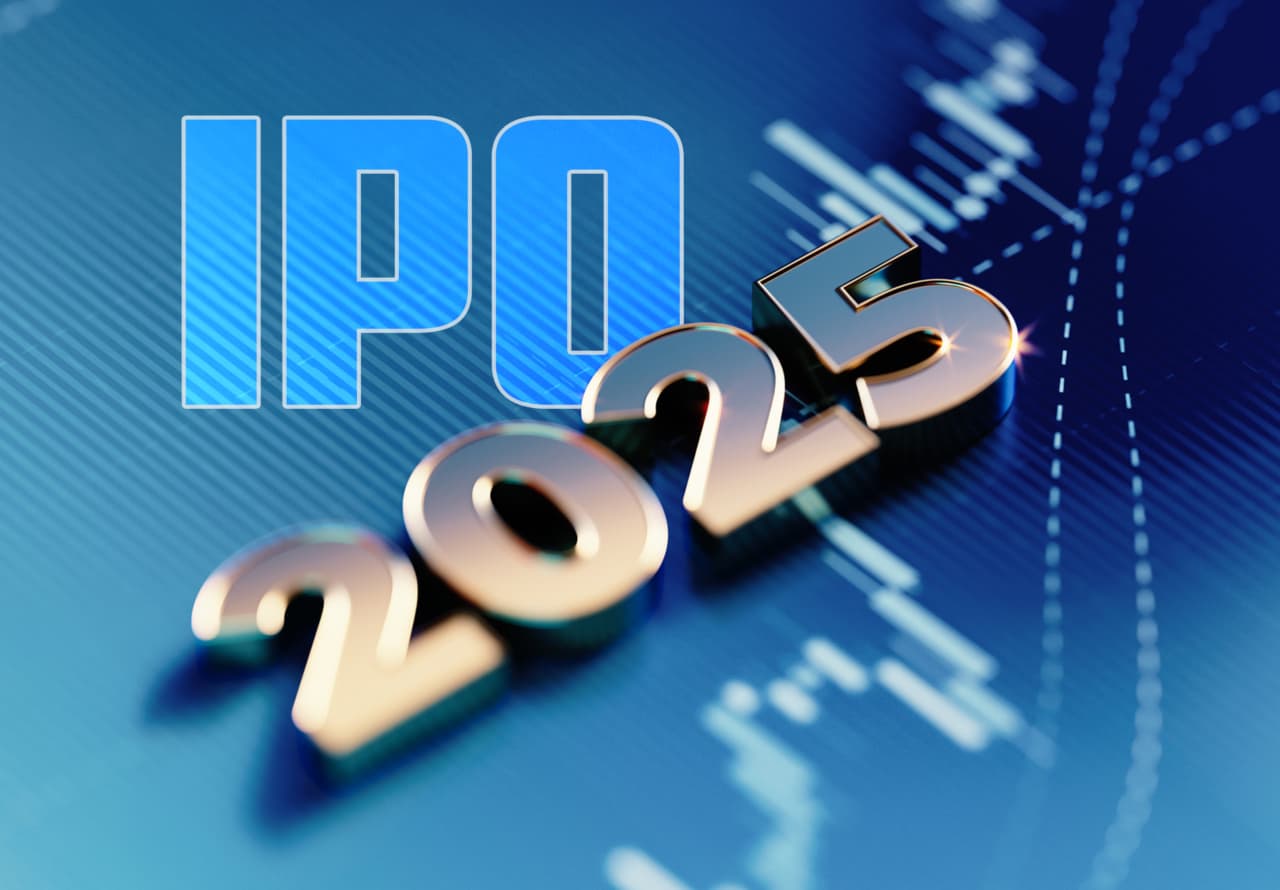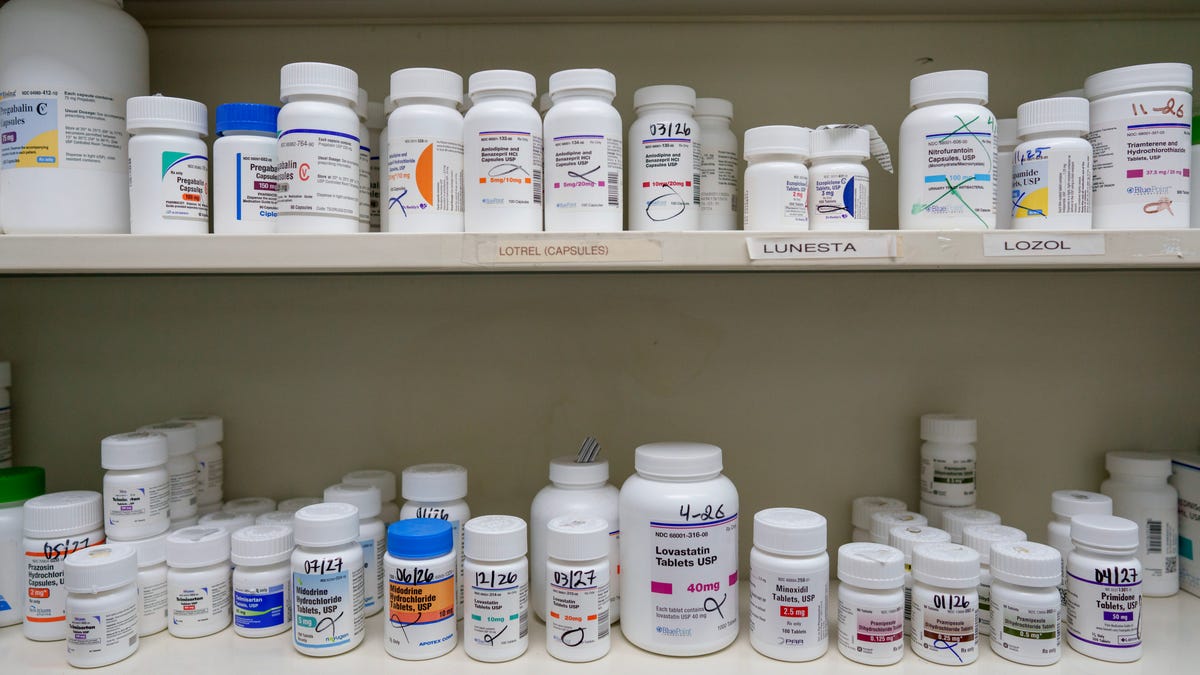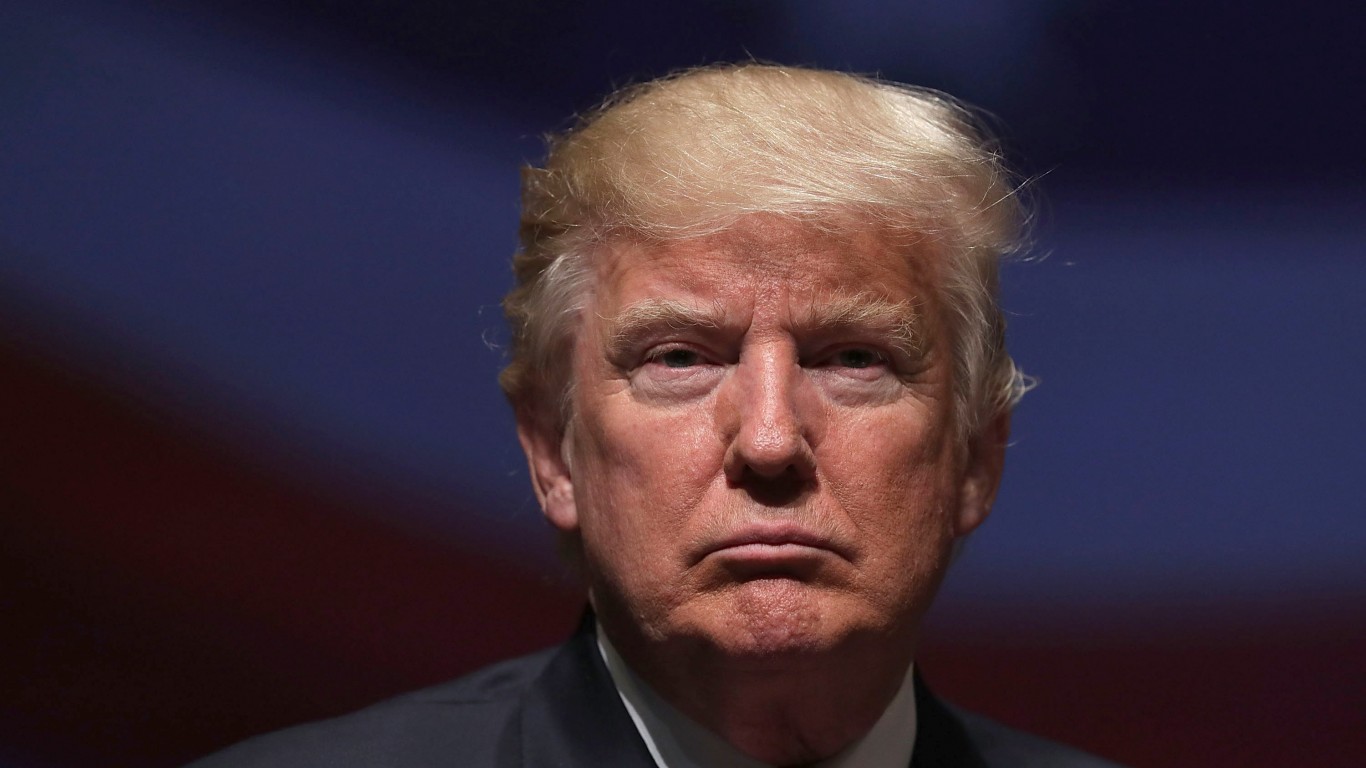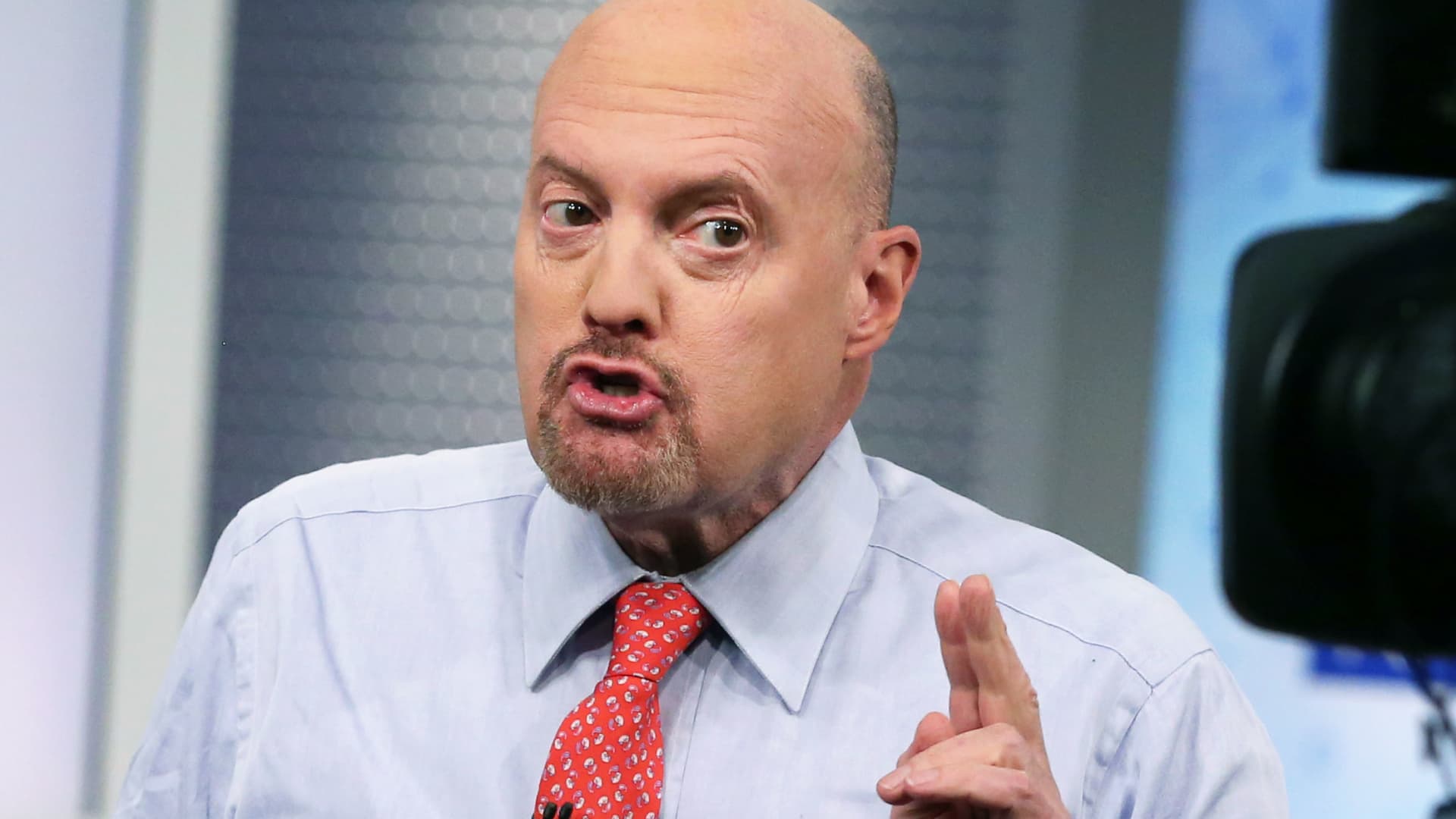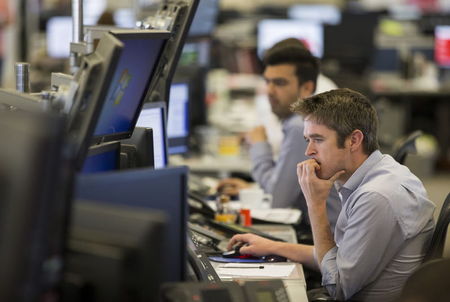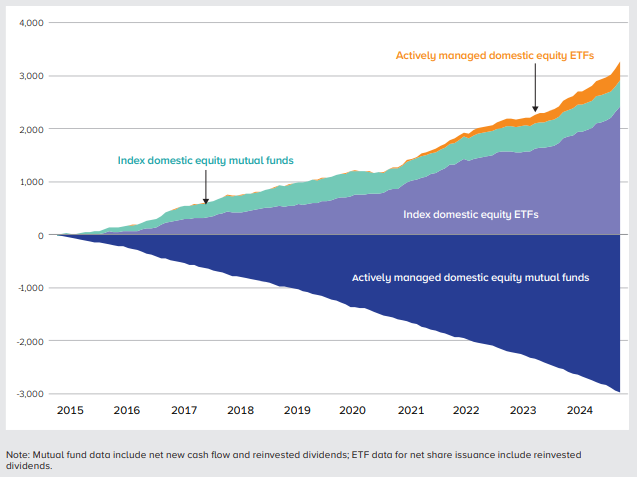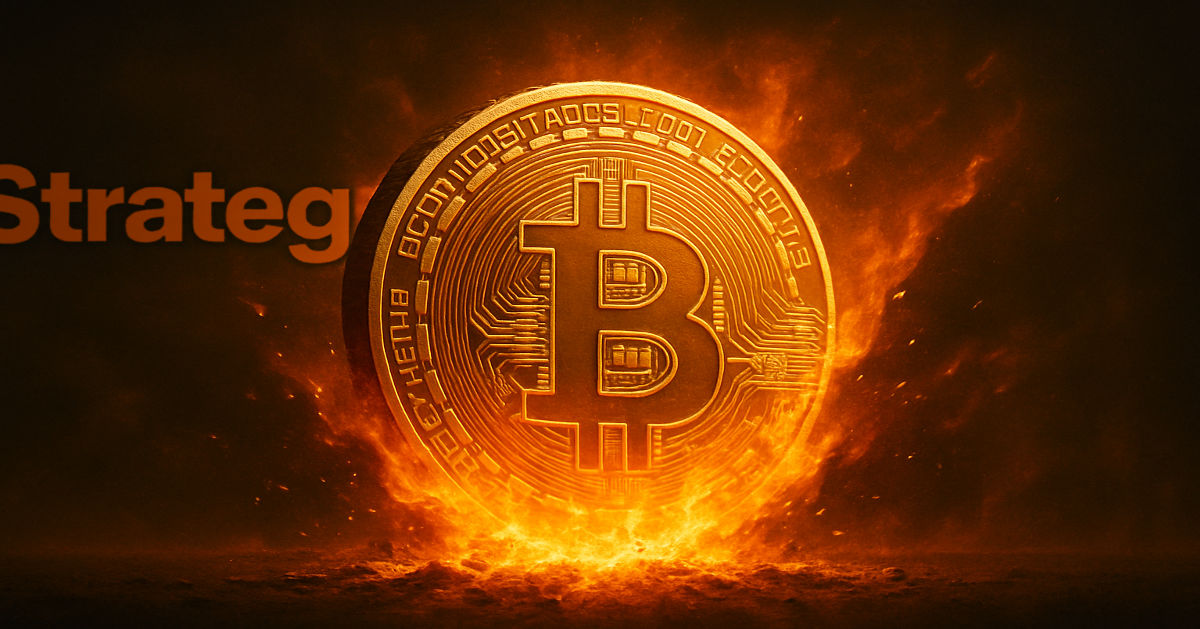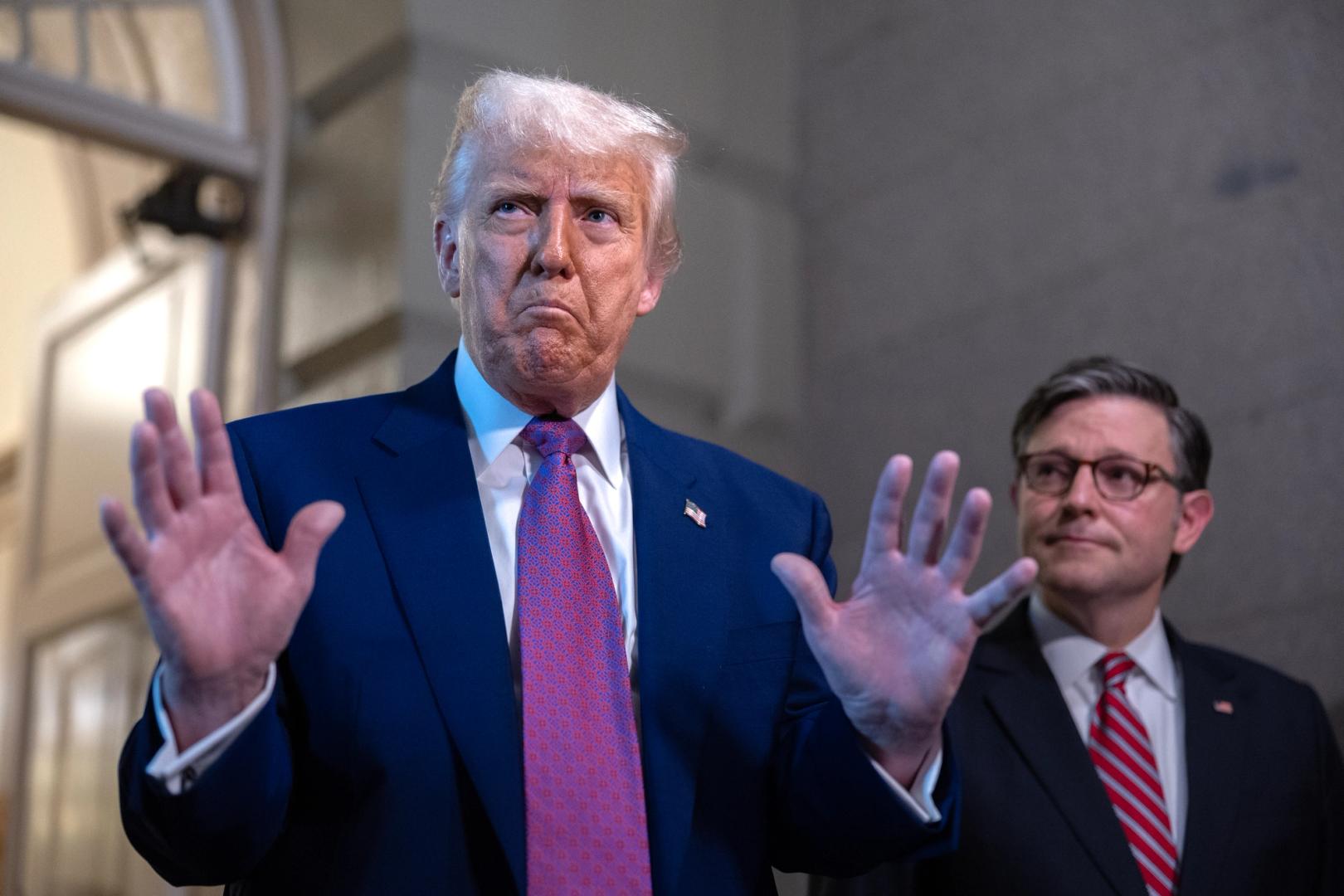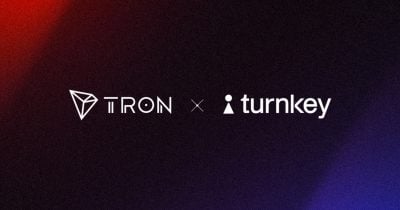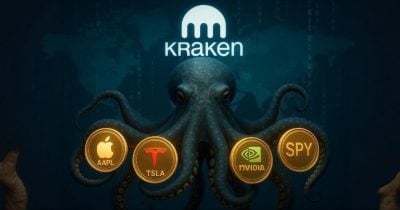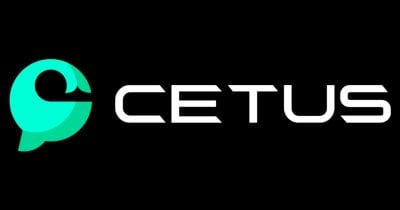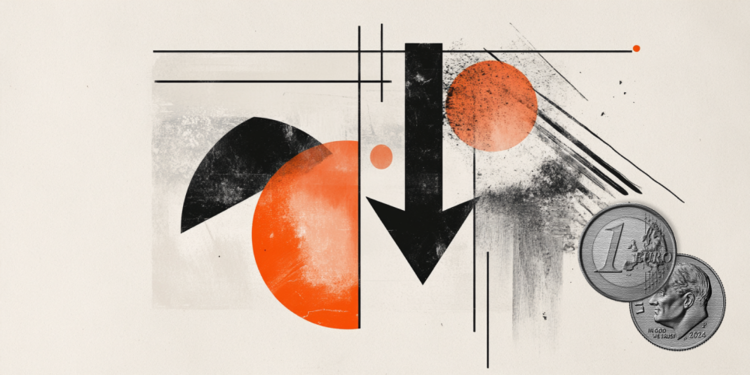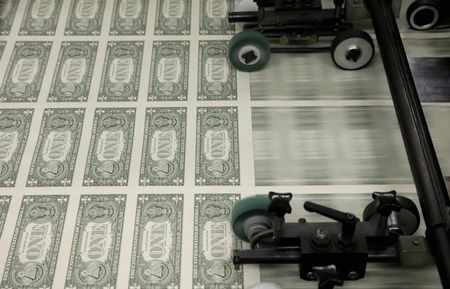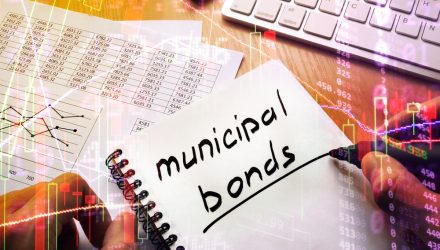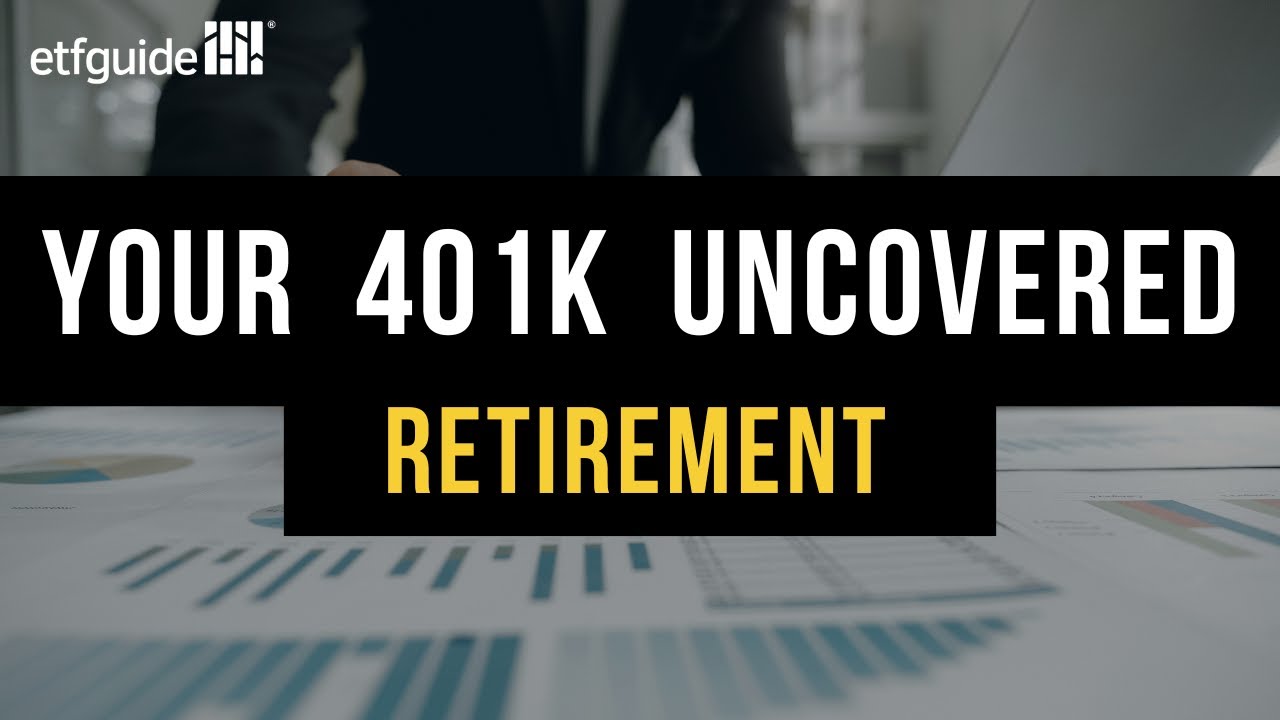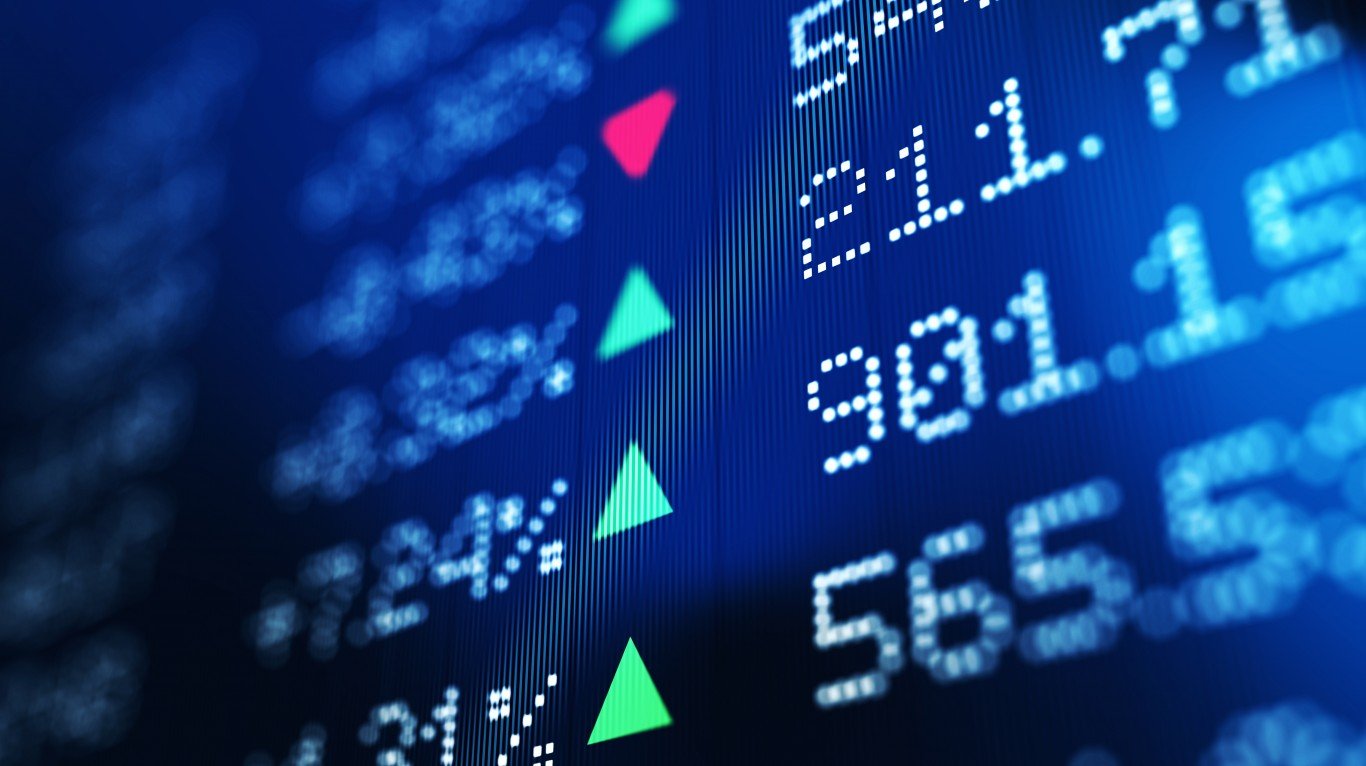The Only 2 Inverse ETFs to Play a Stock Market Correction
Inverse exchange-traded funds (ETFs) captivate certain investors with their promise of profiting from market declines, offering a hedge against downturns or a speculative bet on falling prices. The high yields can lure in unsuspecting investors as well. Their allure lies in the potential for high returns in short periods, especially for those skeptical of market […] The post The Only 2 Inverse ETFs to Play a Stock Market Correction appeared first on 24/7 Wall St..
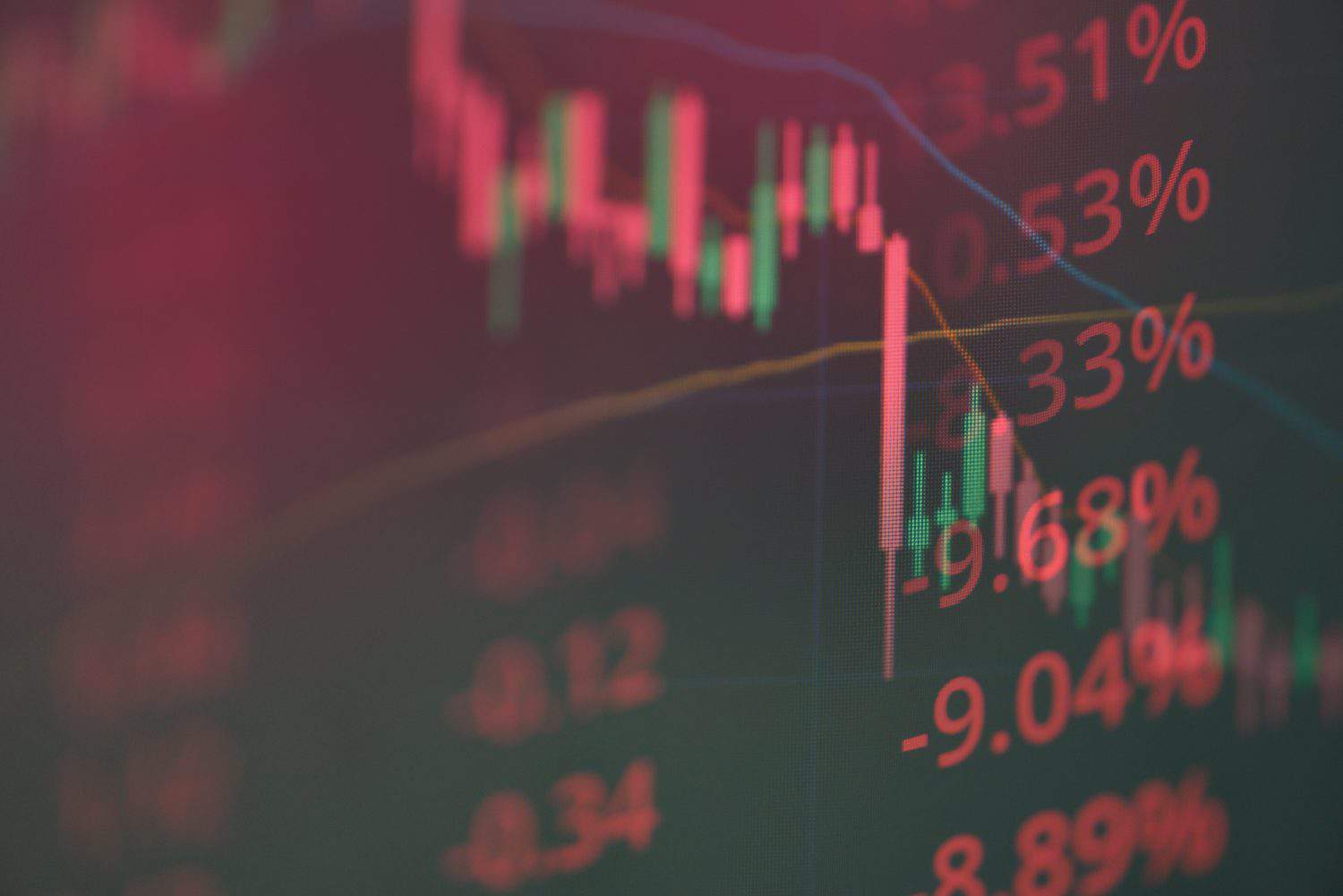
Inverse exchange-traded funds (ETFs) captivate certain investors with their promise of profiting from market declines, offering a hedge against downturns or a speculative bet on falling prices. The high yields can lure in unsuspecting investors as well.
Their allure lies in the potential for high returns in short periods, especially for those skeptical of market stability, without the complexity of short selling or options. These funds aim to deliver daily returns opposite to their underlying indexes, appealing to traders seeking quick gains during volatility or those protecting portfolios from crashes.
Key Points in This Article:
-
Inverse ETFs attract investors with the potential to profit from market declines, serving as a hedge or speculative play in volatile conditions.
-
Most inverse ETFs are risky due to daily resets, high fees, and market timing challenges, but two stand out for 2025 as safer options.
-
Nvidia made early investors rich, but there is a new class of ‘Next Nvidia Stocks’ that could be even better. Click here to learn more.
However, most inverse ETFs are not worth buying for the average investor. Their daily reset mechanism causes compounding errors, eroding value over time, especially in choppy markets. High expense ratios, often 0.8% or more, further diminish returns, and their short-term focus misaligns with long-term strategies. Timing the market is notoriously difficult, and holding these ETFs beyond a day amplifies risks.
In 2025, only two inverse ETFs stand out as potentially worthwhile, offering lower leverage and broad market exposure. With concerns over high interest rates, geopolitical tensions, or tariff impacts signaling a possible stock market downturn, these funds could provide a strategic hedge.
ProShares Short S&P 500 (SH)
The ProShares Short S&P 500 (NYSEARCA:SH) stands out as a compelling inverse ETF for investors seeking to hedge against or capitalize on a potential market downturn in 2025. Tracking the daily inverse performance of the S&P 500, SH offers a straightforward way to benefit from declines in this broad index of 500 leading U.S. companies.
Its single-inverse (-1x) structure avoids the amplified volatility of leveraged ETFs, making it suitable for conservative investors wary of excessive risk. With an expense ratio of 0.89%, SH is relatively cost-effective for its category, and its high liquidity — it averages 5.5 million shares traded daily — ensures tight bid-ask spreads, reducing trading costs and improving execution. This liquidity also minimizes tracking errors, providing reliable exposure to the S&P 500’s inverse performance.
The inverse ETF could protect against market corrections, preserving capital during turbulent periods. Its broad market focus diversifies risk compared to sector-specific or single-stock alternatives, aligning with cautious strategies. The ProShares Short S&P 500, offering a current dividend yield of 5.6%, providing a modest income stream for investors. However, as an inverse ETF, its primary focus is capital appreciation from market declines rather than consistent yield
While not a long-term hold due to daily resets, SH’s simplicity and stability make it a strategic tool for short-term hedging in a volatile 2025, especially when paired with professional financial advice to optimize timing and allocation.
ProShares Short Dow 30 (DOG)
The second inverse ETF that’s worth buying in 2025 is ProShares Short Dow 30 (NYSEARCA:DOG), another potentially powerful investment for investors aiming to hedge against or profit from a potential market decline this year.
Also designed to deliver the daily inverse (-1x) performance of the Dow Jones Industrial Average, DOG targets the 30 blue-chip U.S. companies that comprise the venerable index. It offers exposure to stable, large-cap firms while its non-leveraged structure reduces the risk of amplified losses compared to 2x or 3x ETFs, making DOG a prudent choice for conservative investors.
With an expense ratio of 0.95%, DOG is competitively priced for an inverse fund, and its liquidity, supported by consistent trading volume, ensures tight bid-ask spreads and reliable execution, minimizing costs and tracking errors The focus on the Dow’s established companies spanning diverse sectors like technology, healthcare, and finance, offers a balanced risk profile compared to volatile sector-specific or single-stock alternatives. This stability is crucial during uncertain markets and provides a smoother risk profile than sector-specific or volatile single-stock alternatives, making it a reliable hedge against broad market drops.
The ProShares Short Dow 30 ETF also provides a dividend yielding around 5.1%, which offers a small, but steady income for investors. Yet as an inverse ETF, its main goal is to generate returns from declines in the Dow Jones Industrial Average, not to prioritize high dividend payouts.
Although daily resets also make it unsuitable for long-term holding, DOG’s simplicity, straightforward design, and focus on high-quality firms make it an effective tool for short-term strategies in a potentially turbulent 2025.
The post The Only 2 Inverse ETFs to Play a Stock Market Correction appeared first on 24/7 Wall St..







